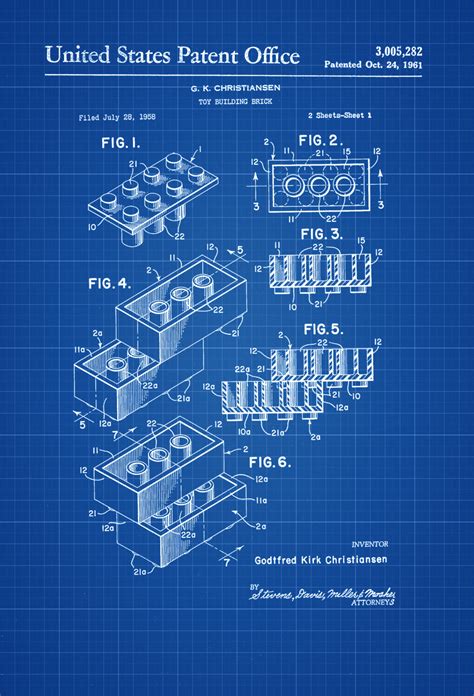
When their originally filed US patents began to expire in the late 1970s, Danish toy company Lego Group had to begin to come to terms with a newly competitive marketplace in which their central advantages were limited to pre-existing contracts and brand visibility. In the past 40 years, LEGO has not only maintained its market dominance but also expanded its business model into a media mix empire spanning apparel, films, and videogames. While the brand has developed some profitable intellectual property of its own, much of this success can be attributed to the licensing of popular properties for model sets and games, chief amongst them superheroes. Subsequently, the Lego Group has successfully blended the affordances of digital games with the genre distinctions of superheroes in order to tie their brand to other successful franchises. But how do the complexities of licensing models signal to consumers and audiences about how different transmedia strategies collide with and augment one another?
This paper addresses how the games in the Lego Batman series negotiate intellectual property concerns, and the questions they raise about how the various Lego game series speak to one another and their player base as they also evoke the licensed intellectual property in question. Drawing on considerations of franchise (Brooker 2012, Aldred 2015), media theory (Chun 2008, Leonardi 2010), and game studies (Flanagan 2013), I will explore how this state came about (from both DC's desire to be included in a popular Lego game-licensing trend and Lego's necessary move into game licensing in the first place), as well as its implications for the representation of authorship in transmedia. Lego itself operates as allegory in this context, and the Lego Batman games flow and ebb in terms of which aspects of Batman narrative and commercial history they want to excite in the player's mind (as well as, presumably, the minds of the player's parents), while they do little work to elaborate the provenance of the imaginaries they invoke. Consequently, Lego Batman games exist in an ever-present moment where all history collapses in on itself with limited organizational effort and even less accreditation. Meanwhile, all LEGO games collapse into each other with the release of the LEGO Dimensions console game (2015), clarifying the level to which these games skin various superhero IPs over nearly identical code and calling into consideration the conversion of genre to mechanics.
This paper was presented at the Society for Cinema and Media Studies Conference. Toronto, March 14-18, 2018.
